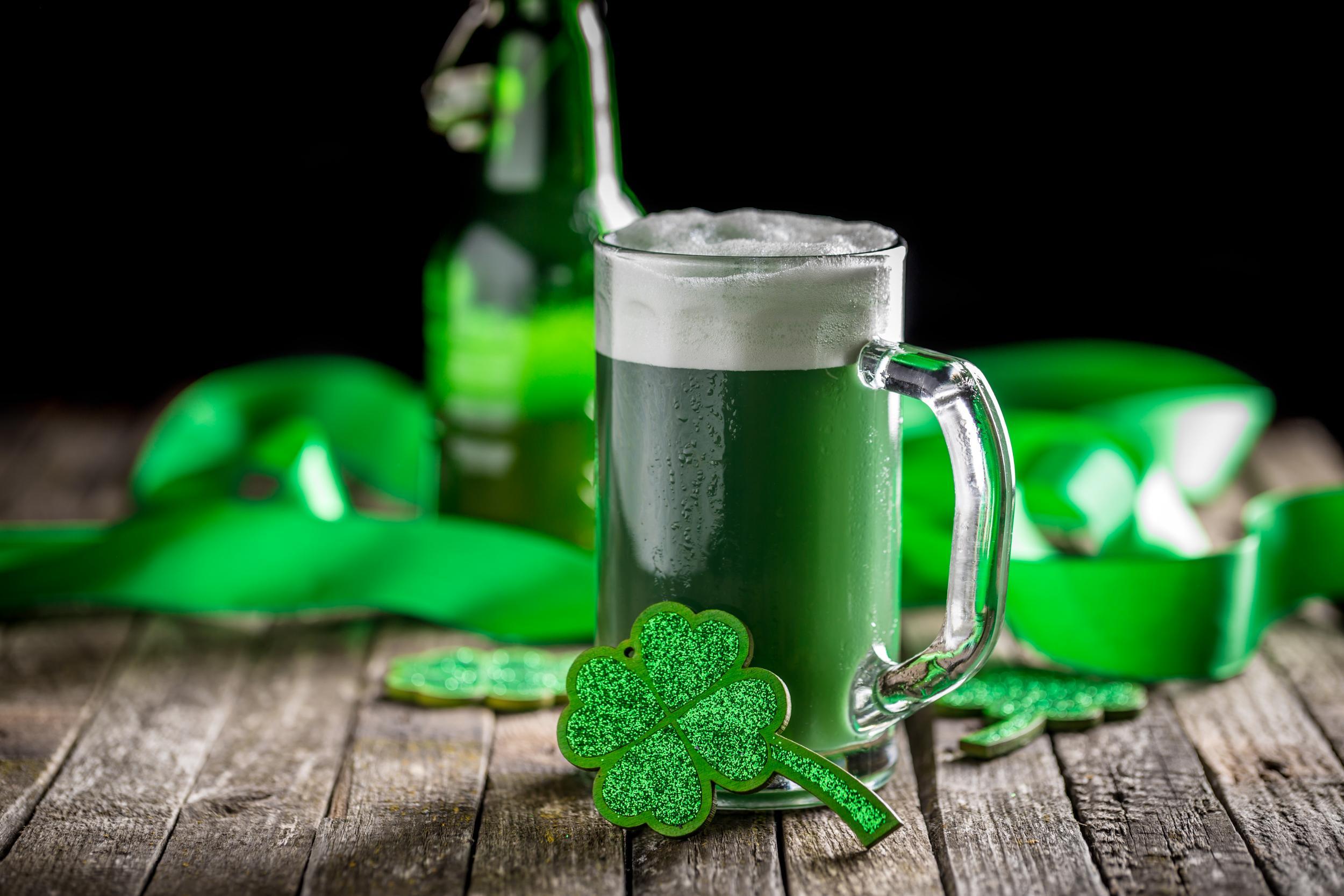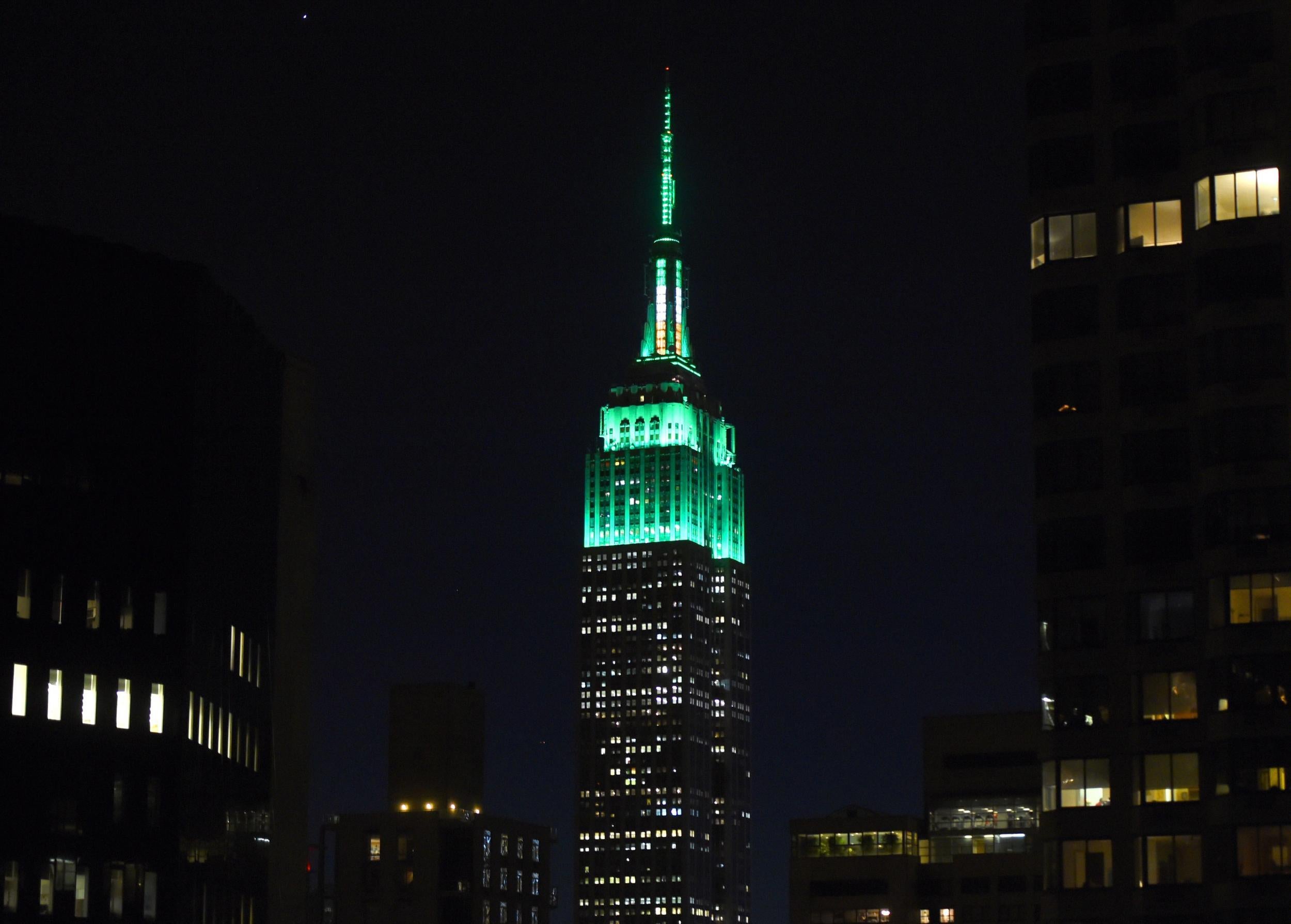St Patrick’s Day 2024: What is the meaning behind the holiday?
St Patrick’s Day 2024 takes place on Sunday 17 March

Your support helps us to tell the story
From reproductive rights to climate change to Big Tech, The Independent is on the ground when the story is developing. Whether it's investigating the financials of Elon Musk's pro-Trump PAC or producing our latest documentary, 'The A Word', which shines a light on the American women fighting for reproductive rights, we know how important it is to parse out the facts from the messaging.
At such a critical moment in US history, we need reporters on the ground. Your donation allows us to keep sending journalists to speak to both sides of the story.
The Independent is trusted by Americans across the entire political spectrum. And unlike many other quality news outlets, we choose not to lock Americans out of our reporting and analysis with paywalls. We believe quality journalism should be available to everyone, paid for by those who can afford it.
Your support makes all the difference.Whether you’re Irish or not, celebrating St Patrick’s Day is always a good idea.
On 17 March each year, thousands of people come together to drink, dress in green, eat traditional food from Ireland and generally celebrate Irish heritage.
What is St Patrick’s Day, and where does it come from?
St Patrick’s Day, or the Feast of St Patrick, is a celebration in honour of the patron saint of Ireland, Saint Patrick.
The day of celebration - which marks the day of Saint Patrick’s death - was originally a religious holiday meant to celebrate the arrival of Christianity in Ireland, and made official by the Catholic Church in the early 17th century.
Observed by the Catholic Church, the Anglican Communion, the Eastern Orthodox Church, and the Lutheran Church, the day was typically observed with services, feasts and alcohol.
Consumption has always been an integral part of St Patrick’s Day, as historically the day was celebrated with a day-long lift of the Lenten restrictions on eating and drinking alcohol - which has contributed to the present-day drinking.
Interestingly, Saint Patrick wasn’t actually Irish. He is believed to have been born in either Scotland or Wales and sold into slavery in Ireland as a child.
In 1903, St Patrick’s Day became an official public holiday in Ireland.
This year (and every year) it is celebrated on 17 March, but St Patrick’s Day 2024 falls on a Sunday.
What are shamrocks and leprechauns and why are they depicted in the celebrations?
Although St Patrick’s Day has mostly evolved into a cultural celebration of Irish heritage, certain traditions such as wearing green and shamrocks have prevailed.
We wear green to celebrate because green is the colour associated with Catholics in Ireland. However, green wasn’t associated with the holiday until the 19th century. Prior to that, blue was often worn to celebrate.
Shamrocks - clover-like plants with three leaves - were, according to legend, used by St Patrick to explain the Holy Trinity to the pagan Irish.
Leprechauns, a mythical type of fairy in Irish folklore, also make an appearance during St Patrick’s Day celebrations. Often depicted as little men, leprechauns are usually pictured with a pot of gold at the end of a rainbow. They are mischievous fairies known for playing jokes on people. But legend has it, if you catch one he will give you three wishes.
Is it a bank holiday in the UK, or a federal holiday in the US?
Sorry, you’ll have to let your hair down in your own time.
It’s not a bank holiday in the UK, and it’s not a federal holiday in the US. It is, however, a national holiday in Ireland.
What do people do on St Patrick’s Day and how do they celebrate?
The holiday has evolved into a mostly cultural celebration of Irish heritage, marked with a day of drinking, green clothing and Irish-themed parades.
In addition to green clothing, beer (occasionally dyed green) and Irish whiskey are typically consumed to celebrate St Paddy’s Day.

In the US, Irish American people usually indulge in corned beef and cabbage.
But in Ireland and elsewhere in celebration of the holiday, typical Irish foods such as steak and Guinness pie or Irish soda bread are eaten.
How is St Patrick’s Day celebrated around the globe?
Ireland obviously hosts the longest St Patrick’s Day celebrations, with a week of festivities and the annual parade in Dublin drawing more than one million people.
In Great Britain, the day is celebrated with the third-largest parade in the world, after Dublin and New York.
The parade takes place in Birmingham but celebrations occur all over the country.
In New York City, the “official” St Patrick’s Day Parade - which was founded in 1762 - typically attracts two million people. While not a legal holiday, the day is widely recognised and celebrated all over the US.

Other large St Patrick’s Day parades are held annually in Asia, the Caribbean and Canada.
To mark the day, notable landmarks are lit up in green or dyed green.
In previous years, the Sydney Opera House, the Space Needle in Seattle, the London Eye, the Empire State Building, the Chicago river and hundreds of other landmarks were lit green in honour of the patron saint.
Join our commenting forum
Join thought-provoking conversations, follow other Independent readers and see their replies
Comments